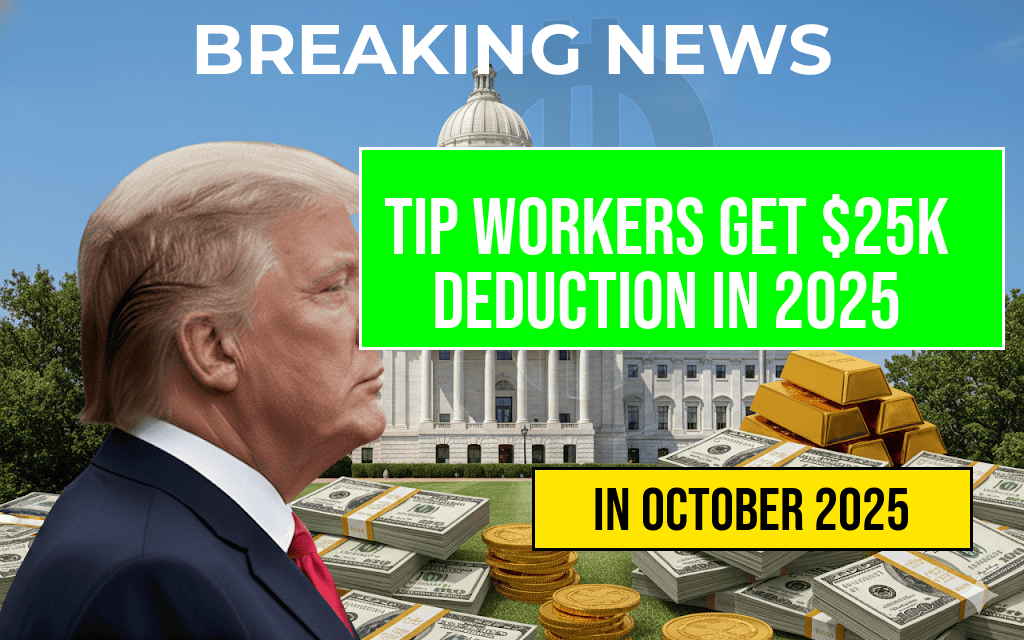Automakers and consumers face a potential upheaval in the U.S. vehicle market as recent signals from the Trump administration suggest a possible resurgence of tariffs on imported vehicles and auto parts. If implemented, these tariffs could increase the average price of new cars by up to $5,286, according to industry experts. The threat of tariffs stems from ongoing trade negotiations and the administration’s focus on protecting domestic manufacturing. This development has raised concerns among consumers, dealers, and industry analysts who worry that higher costs could slow sales and alter pricing strategies across the sector. While no official tariff announcement has yet been made, the possibility of increased costs is prompting automakers to prepare for potential economic shifts that could ripple through the entire automotive supply chain.
Background on Tariff Threats and Trade Policy Shifts
Historical context of auto tariffs
Trade tensions between the United States and various trading partners have periodically prompted discussions around tariffs, particularly on imported vehicles. Under previous administrations, tariffs on steel and aluminum have already impacted vehicle manufacturing costs, leading to higher prices for consumers. The current administration’s stance towards tariffs has evolved, with recent rhetoric indicating a readiness to impose new duties on foreign-made vehicles to bolster American manufacturing and address national security concerns.
Potential scope of tariffs
- Automotive imports from Europe and Asia: Countries like Germany, Japan, and South Korea could face increased duties, affecting brands such as Volkswagen, Toyota, and Hyundai.
- Auto parts: Higher tariffs on imported components could raise manufacturing costs for all automakers, regardless of where their vehicles are assembled.
- Impact on pricing: Industry analysts estimate that these tariffs could translate into an average increase of $2,000 to $5,286 per vehicle, depending on make, model, and origin.
Projected Impact on Vehicle Prices and Market Dynamics
Price increases and consumer affordability
According to data from Cox Automotive, the potential tariff implementation could push up the average transaction price for new vehicles from approximately $44,000 to over $49,000. This increase may disproportionately affect mid-tier and economy segments, where price sensitivity is higher. Consumers might face tougher decisions, possibly delaying purchases or opting for used cars, which could slow new vehicle sales.
Dealer and automaker responses
Dealerships and automakers are already strategizing to mitigate potential losses. Some may absorb part of the increased costs to remain competitive, while others could pass the full burden onto consumers. Automakers are also exploring alternative sourcing options and considering adjustments to supply chain logistics to shield themselves from tariff shocks.
Economic and Industry Implications
Potential shifts in supply chain and manufacturing
| Component | Current Cost | Estimated Additional Cost Due to Tariffs |
|---|---|---|
| Auto steel and aluminum | $1,200 per vehicle | $300–$500 |
| Imported auto parts | $2,000 per vehicle | $700–$1,200 |
| Complete imported vehicles | $30,000 average | $2,000–$5,286 |
Broader economic effects
Higher vehicle prices could dampen consumer spending, which accounts for a significant portion of U.S. economic activity. Reduced sales volume may lead to layoffs in dealerships, manufacturing plants, and supply chain companies. Conversely, a potential boost for domestic automakers might occur if tariffs successfully encourage more U.S.-based production, though such shifts typically take years to materialize fully.
Industry Expert Perspectives
Market analysts’ outlook
Several industry analysts caution that the threat of tariffs, even if not immediately enacted, creates uncertainty that can destabilize the market. “Consumers and automakers alike are navigating a landscape where costs could rise sharply,” said Jane Smith, senior analyst at Automotive Insights. “The timing and scope of tariffs will be critical in determining whether prices stabilize or escalate further.”
Policy considerations
Policy advocates argue that tariffs could serve as leverage to renegotiate trade agreements, potentially leading to more favorable terms for American manufacturers. However, critics warn that such measures risk retaliation and escalating costs for consumers and businesses alike. The Biden administration’s approach to trade continues to evolve, with some officials emphasizing diplomatic solutions over tariffs.
Consumers and Industry Stakeholders Watch Closely
As negotiations unfold, automakers, dealerships, and consumers are closely monitoring official statements and market signals. While no immediate policy changes have been announced, the potential for significant price increases underscores the importance of understanding trade policies’ direct impact on everyday transactions. For many Americans, the prospect of paying thousands of dollars more for a new vehicle emphasizes the interconnected nature of global trade and domestic economic health.
For further insights into U.S. trade policies and their effects on the automotive industry, visit Wikipedia’s automotive industry overview and Forbes’ coverage of trade and manufacturing.
Frequently Asked Questions
What is the main concern regarding Trump’s tariff threat on new cars?
The primary concern is that Trump’s tariff threat could lead to an increase in vehicle prices by up to $5,286, making new cars more expensive for consumers.
How might tariffs impact the price of new vehicles in the market?
Tariffs on imported auto parts and vehicles may raise the overall cost of manufacturing, which manufacturers could pass on to consumers, resulting in higher vehicle prices.
Which types of vehicles are most likely to see increased prices due to tariffs?
Imported vehicles and those heavily reliant on foreign auto parts are most vulnerable to price hikes, potentially affecting a wide range of car models.
What could be the impact of higher vehicle prices on consumers?
Higher vehicle prices may lead to decreased sales, reduced affordability for buyers, and could influence market demand and trade dynamics.
Are there any measures consumers can take to mitigate the impact of potential price increases?
Consumers might consider buying earlier before tariffs take full effect, exploring domestically produced vehicles, or comparing pricing options across different dealerships to minimize costs.






